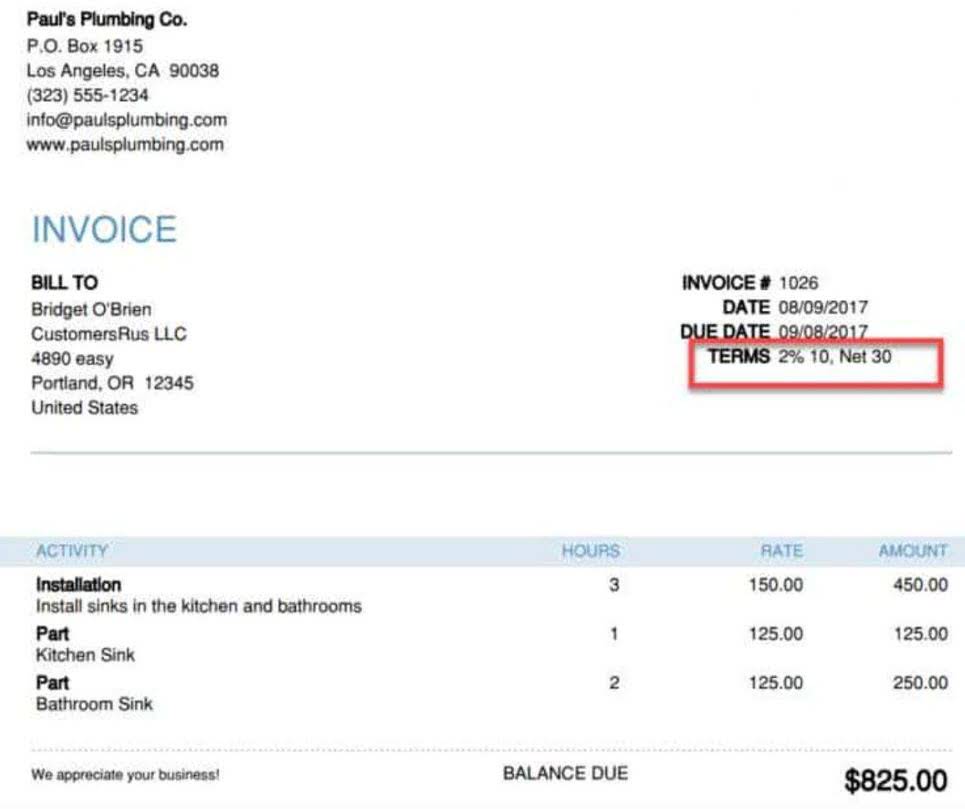1 10 Adjusting Entry Examples Financial and Managerial Accounting
![]()
There are also many non-cash items in accrual accounting for which the value cannot be precisely determined by the cash earned or paid, and estimates need to be made. The entries for these estimates are also adjusting entries, i.e., impairment of non-current assets, depreciation expense and allowance for doubtful accounts. Income statement accounts that may need to be adjusted include interest expense, insurance expense, depreciation expense, and revenue. The entries are made in accordance with the matching principle to match expenses to the related revenue in the same accounting period. The adjustments made in journal entries are carried over to the general ledger that flows through to the financial statements. Entries are made with the matching principle to match revenue and expenses in the period in which they occur.
Accrual example

The adjusting entries examples below act as a quick reference, and set out the most commonly encountered situations when dealing with the double entry posting of adjusting entries. For example, let’s assume that in December you bill a client for $1000 worth of service. They then pay you in January or February – after the previous accounting period has finished.
Depreciation and amortization
Posting adjusting entries is no different than posting the regular daily journal entries. T-accounts will be the visual representation for the Printing Plus general ledger. When you depreciate an asset, you make a single payment for it, but disperse the expense over multiple adjusting journal entries examples accounting periods. This is usually done with large purchases, like equipment, vehicles, or buildings. In December, you record it as prepaid rent expense, debited from an expense account. You’ll move January’s portion of the prepaid rent from an asset to an expense.
- If a client pays you in full or part before you have delivered your products or services, you enter this sum into the deferred revenues section.
- To generate an accurately balanced journal, it’s necessary to correctly categorize your expenses.
- A journal entry is made at the time of the transaction or at the end of an accounting period for adjustments.
- When the cash is received at a later time, an adjusting journal entry is made to record the cash receipt for the receivable account.
- The adjusted trial balance’s account balances transfer into the business’s financial statements making it essential to journalize the adjusting entries depending on when the financial statements are prepared.
What does adjusting entries affect?
In March, when you pay the invoice, you move the money from accrued expenses to cash, as a withdrawal from your bank account. When you generate revenue in one accounting period, but don’t recognize it until a later period, you need to make an https://www.bookstime.com/ accrued revenue adjustment. If you do your own accounting and you use the cash basis system, you likely won’t need to make adjusting entries. So, your income and expenses won’t match up, and you won’t be able to accurately track revenue.
Purchase of School Supplies:
An adjusting journal entry involves an income statement account (revenue or expense) along with a balance sheet account (asset or liability). It typically relates to the balance sheet accounts for accumulated depreciation, allowance for doubtful accounts, accrued expenses, accrued income, prepaid expenses, deferred revenue, and unearned revenue. According to the accrual concept of accounting, revenue is recognized in the period in which it is earned, and expenses are recognized in the period in which they are incurred. Some business transactions affect the revenues and expenses of more than one accounting period.
Prepare adjusted trial balance
- However, your logistics partner doesn’t raise an invoice with you until early September despite performing the delivery.
- Their main purpose is to match incomes and expenses to appropriate accounting periods.
- The entries are made in accordance with the matching principle to match expenses to the related revenue in the same accounting period.
- It would be a disaster if your statements reflected revenue that hasn’t been credited yet or an expense that was never incurred.
- Adjusting entries are journal entries recorded at the end of an accounting period to adjust income and expense accounts so that they comply with the accrual concept of accounting.
The revenue earned during the month has been transferred from the unearned revenue account to the revenue account. A journal entry includes the date, accounts involved, debit and credit amounts, and a brief description of the transaction. When September comes, you adjust the rental amount of one month in your journal to reflect that the monthly rent anticipated has finally been paid.
Importance of Adjusting Entries

Types and examples of adjusting entries:


